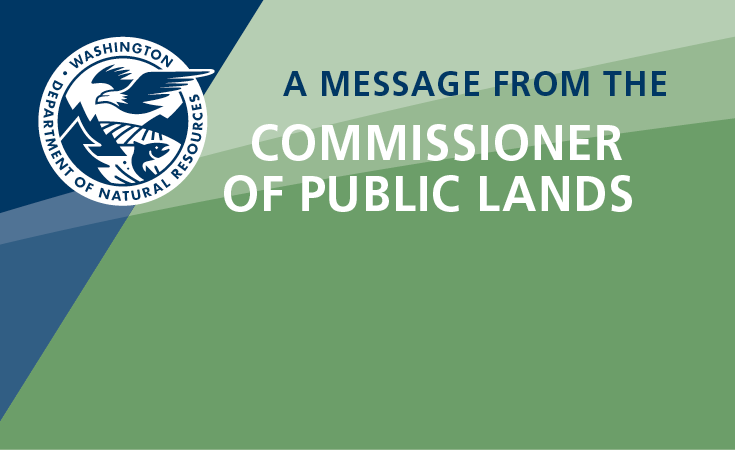Nearshore Habitat Eelgrass Monitoring
 Seagrasses are flowering plants that grow underwater in marine environments. There are six seagrass species in Puget Sound and the Strait of Juan de Fuca. The most widespread are eelgrass (Zostera marina) and the non-native dwarf eelgrass (Zostera japonica). In addition, there are 3 species of surfgrass (Phyllospadix sp.), which grow on rocky substrates in the Strait of Juan de Fuca and the San Juan Islands. The sixth species, Ruppia maritima, is mostly limited to Padilla Bay.
Seagrasses are flowering plants that grow underwater in marine environments. There are six seagrass species in Puget Sound and the Strait of Juan de Fuca. The most widespread are eelgrass (Zostera marina) and the non-native dwarf eelgrass (Zostera japonica). In addition, there are 3 species of surfgrass (Phyllospadix sp.), which grow on rocky substrates in the Strait of Juan de Fuca and the San Juan Islands. The sixth species, Ruppia maritima, is mostly limited to Padilla Bay.Eelgrass and other seagrass species play a key role in the nearshore ecosystem. They provide food, shelter and nursery habitat for a wide range of organisms, ranging from small invertebrates to commercially important fish species and wading birds. Eelgrass also helps prevent erosion and maintain shoreline stability by anchoring seafloor sediment with its spreading roots and rhizomes.
Seagrasses are used as an indicator of estuary health throughout the world, because of their fast response to changes in water quality. Changes in the abundance or distribution of this resource are likely to reflect changes in environmental conditions. They are also likely to affect many other species that depend on seagrass habitat.
The Washington State Department of Natural Resources monitors the abundance and distribution of eelgrass (Zostera marina) in Greater Puget Sound as part of its stewardship work on state-owned aquatic lands. The results of DNR’s Submerged Vegetation Monitoring Program (SVMP) are used by the Puget Sound Partnership as one of 25 vital signs to track restoration progress (PSP 2014).
Summary Information on Eelgrass Monitoring
Based on 18 years of monitoring (2000-2017), the state Department of Natural Resources estimates that there are approximately 23,000 hectares of eelgrass in Greater Puget Sound. The total amount of eelgrass in Puget Sound has remained relatively stable since the start of the monitoring program. Current conditions have not yet met the Puget Sound Partnership’s target for a 20% increase in eelgrass area by 2020 (soundwide eelgrass area).
A significant amount of eelgrass grows on tidal flats. One example is Padilla Bay, which contains approximately 15% of all seagrass growing in Puget Sound. About half of all seagrass in Puget Sound occurs in narrow fringing beds along steeper shorelines. These fringing beds can be corridors for migrating salmon and other wildlife.
In Puget Sound the maximum depth to which eelgrass grows can be as shallow as 1 m below the low tide line (MLLW) to greater than 10 m deep. Much of the eelgrass in Puget Sound is subtidal; half the sites sampled for this monitoring program have eelgrass extending to depths greater than 3 m below the low tide line (maximum depth of eelgrass in Puget Sound).


